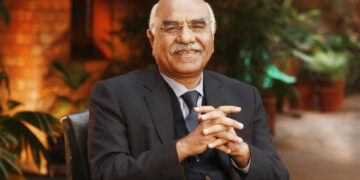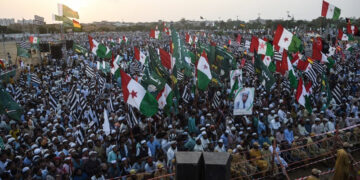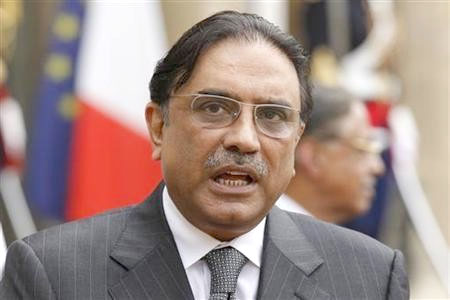 Delhi’s catatonic heat is having a strange effect on the UPA government. It is swinging from silence to surrender and then from paralysis to panic, conveying the distinct impression that has lost the plot.
Delhi’s catatonic heat is having a strange effect on the UPA government. It is swinging from silence to surrender and then from paralysis to panic, conveying the distinct impression that has lost the plot.
As sundry swamijis hijack the national political discourse for their own narrow ends, the government is gripped by a strange stasis. Governance has taken a back seat while the public is mute witness to the rather unfortunate spectacle of senior ministers scurrying from airports to hotels to TV studios and do little else.
Less than two years into its second term, the UPA — more importantly the Congress party — has accumulated much more political liability than the gains it made through the first-term. In fact, there hasn’t been a single major issue or challenge in the past two years that it has been able to tackle competently. It has let prices spiral to levels that are now threatening to trigger a social backlash. Meanwhile, pro-poor legislations—such as the food security bill—have been interminably on hold. And ‘inclusive growth’? When was the last time one heard of this mantra resonate in the corridors of power?
A recent survey by a leading Indian business daily has confirmed the citizenry’s worst fears—that decision-making has paralyzed in the country and economic growth may be compromised. Prime Minister Manmohan Singh is mainly to be blamed for this paralysis in administration. We are still holding our breath for the ministerial shuffle the premier announced way back in January. This has naturally created a sluggish PMO where ministers are unwilling to take hard decisions as they aren’t sure of their next portfolio. The bureaucracy, quick to cotton onto this dilemma, has busied itself with minutiae only. This has resulted in an administrative gridlock.
The government seems to have steadily abdicated its own authority to govern, ceding ground to non-political actors. India’s democracy has never been so undermined and trivialized. Rather than thrash out matters and engage with the public, the government continues to function in strange and mysterious ways. People expect visible signs of leadership from the government in these times of crisis. Sadly, there have been none forthcoming. The silence at the very top has only compounded the crisis. In an age when global leaders are enthusiastically embracing social media platforms to engage with the citizenry, the opaqueness that surrounds Indians leaders is befuddling. This insouciance has further contributed to the government’s disconnect with the people, making it insular to the disenchantment that roils across the country.
Though the government objects to the “rising extra-constitutionalism in civil society”, it is itself flouting the basic tenets of a functioning democracy. This is demonstrated by UPA’s unwillingness to engage with the BJP. Despite its ignominious defeat in 2009, the BJP still commands about 19 per cent of the national vote.
The breakdown of the political process is complete. Senior bureaucrats are forever running around fulfilling the outlandish demands of assorted fruitcakes while the executive and civil society are negotiating over the heads of the political class.
These developments will do nothing to lubricate the Congress’ passage to the Centre in 2014. Already, the party has been politically weakened in India’s largest and most populous state — Uttar Pradesh — by the latest assembly elections.
Clearly, Manmohan Singh has been a huge disappointment through his second-term. So has been the Congress party and its leader Sonia Gandhi. In fact, had the Opposition camp not been in such a disarray, mid-term elections were a possibility. This ominous political scenario begets the question, what has the UPA been thinking? If it is thinking at all, that is. The credibility deficit that the UPA faces is obvious.
Despite a great start, the Congress has slipped into one seasonal affliction after another. However, if it doesn’t find a panacea for its inability or unwillingness to take decisions — and fast — this sporadic ailment may well mutate into a terminal illness – khaleejtimes.com












